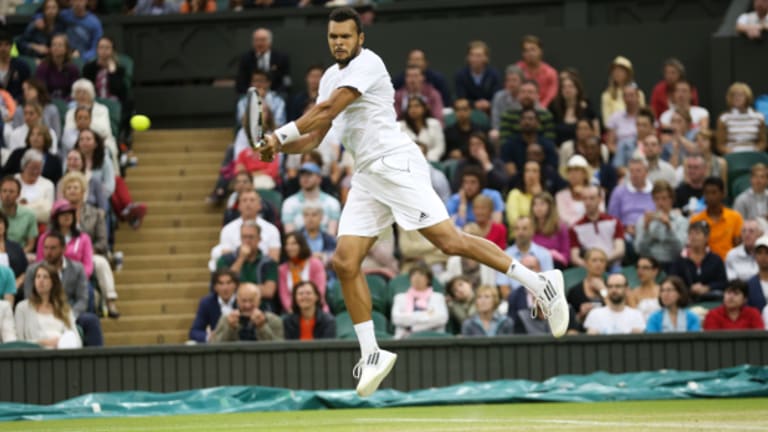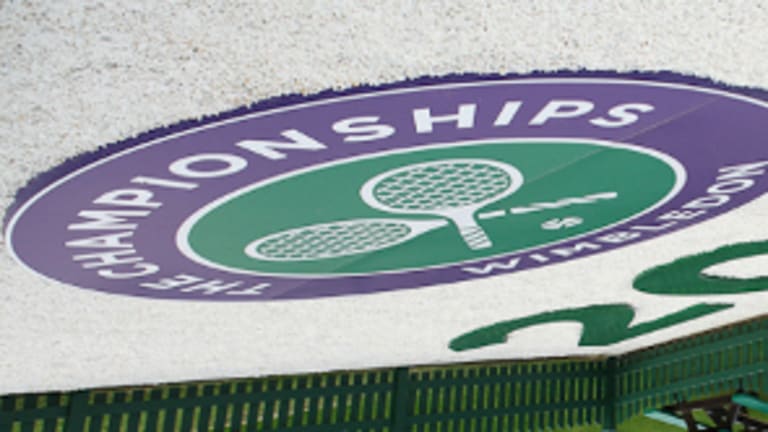WIMBLEDON, ENGLAND—The fans in Court 3 roared and whistled and clapped; it seemed possible, for a brief moment, that they might begin to stomp their feet, an almost unheard of event at the All England Club. What inspired this burst of English tennis hooliganism? Feliciano Lopez had reached 15-30 on John Isner’s serve.
It was that kind of day. While the crowd was starved for drama, they couldn’t have been surprised with the sparse and sporadic jolts of it that they received. If ever a match promised to raise tennis to a minimalist art form, it was this one.
The American is among the least likely to have his serve returned, and the least likely to return anyone else’s serve. The Spaniard’s corkscrew lefty spin is among the most difficult to handle on grass, and his one-handed backhand will never be a match for Isner’s sky-scraping kick serve. The best he could do with most of Isner’s high-bouncing balls was wave his racquet at them, put his head down, and walk to the other side of the court. Throw in the lulling tones of Brazil’s Carlos Bernardes in the chair and you had the perfect recipe for a nice, and potentially long, afternoon nap. Or at least a daydream—even Feli said he had trouble keeping his mind on the matters at hand.
“There are a lot of points you don’t play,” Lopez said. “You have to be always aware until the chance is coming.”
“It could certainly come down to a few points here or there,” Isner said beforehand. He probably didn't know how right he would be. Isner won the first-set tiebreaker 10-8; Lopez won the second-set tiebreaker 8-6. Isner won the first one with a very good, clutch low backhand return at 8-8. Lopez won the second one with two very good, clutch forehand pass winners. On those two shots, Isner gave him a chance by leaving his forehand approach a foot or two short. In this type of a match, it might not be a couple of points that decides the outcome; it might be a couple of feet.



